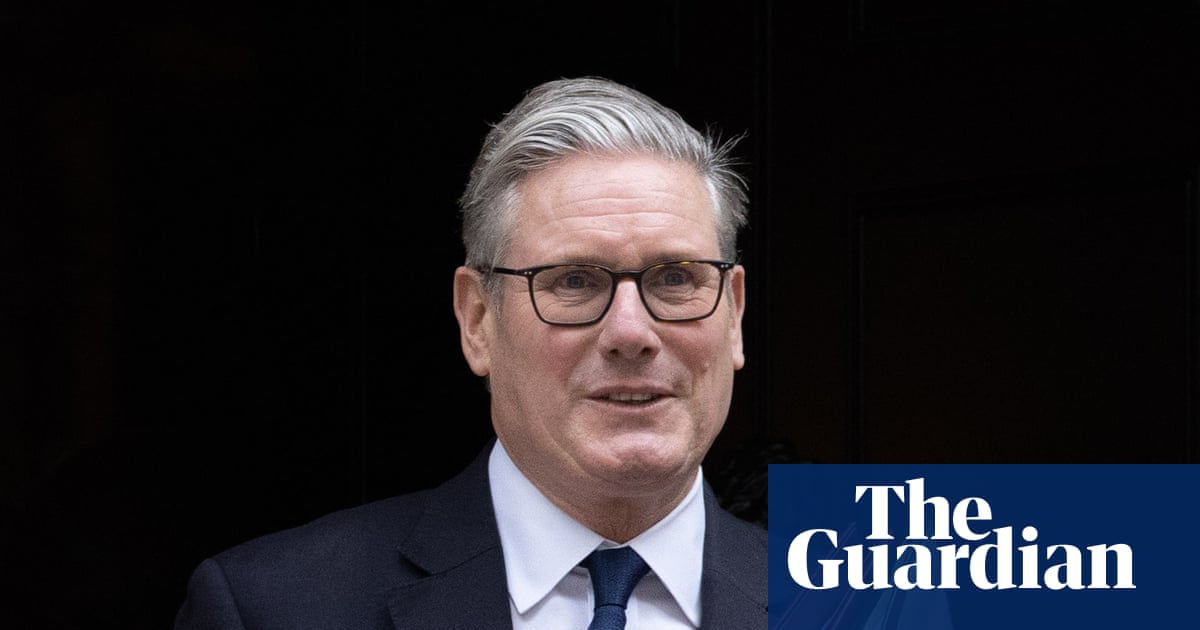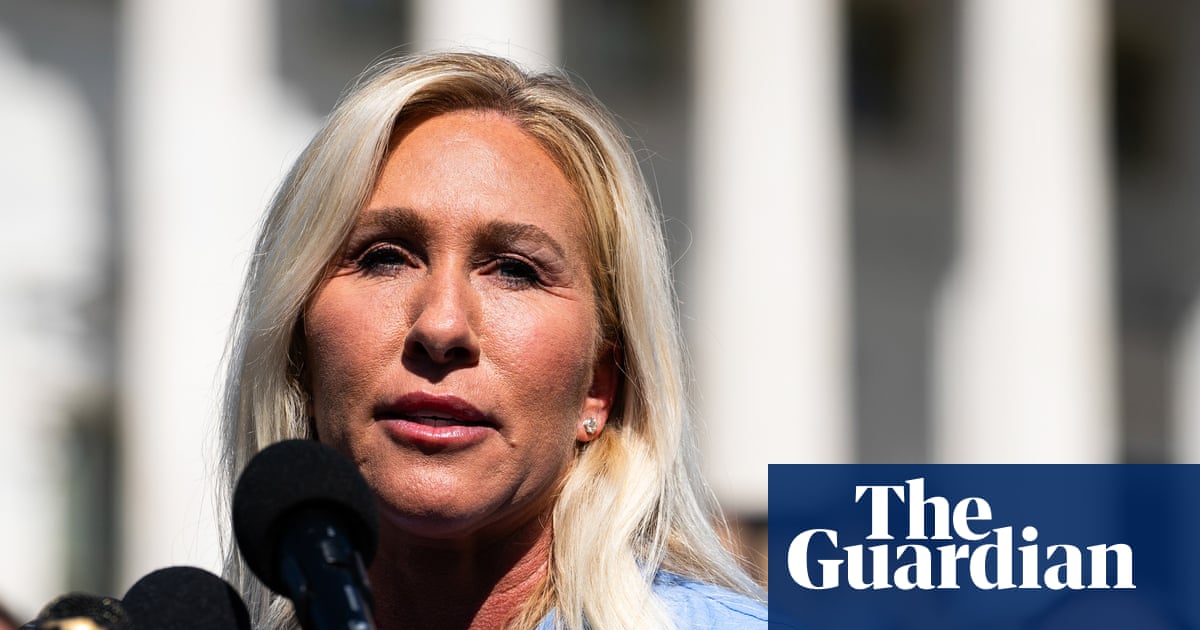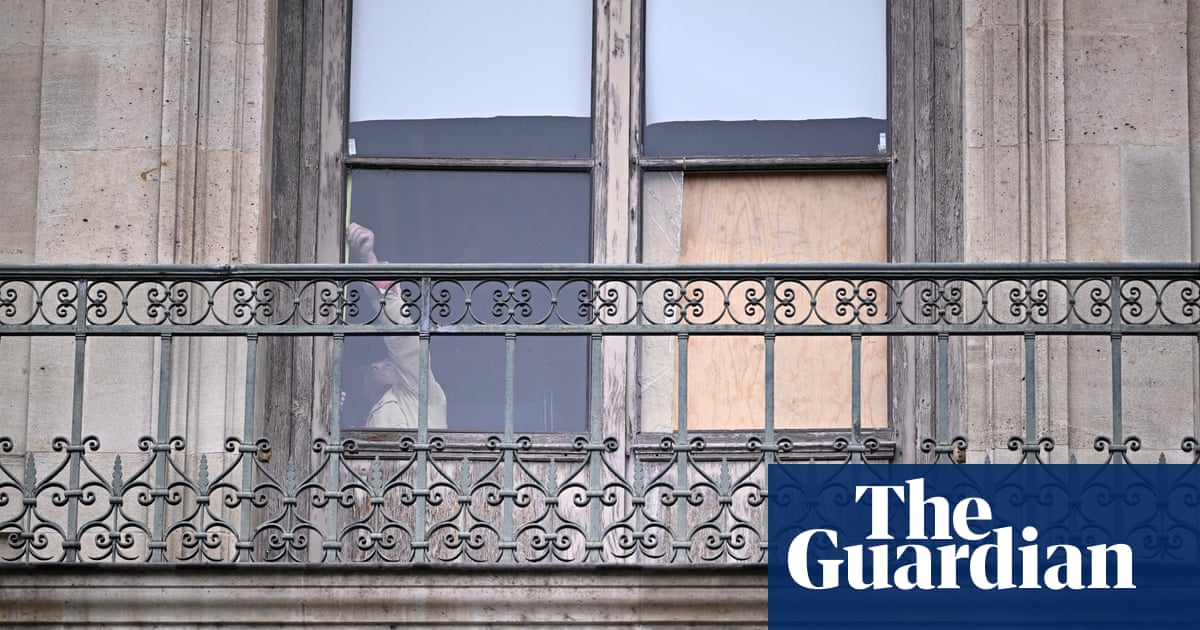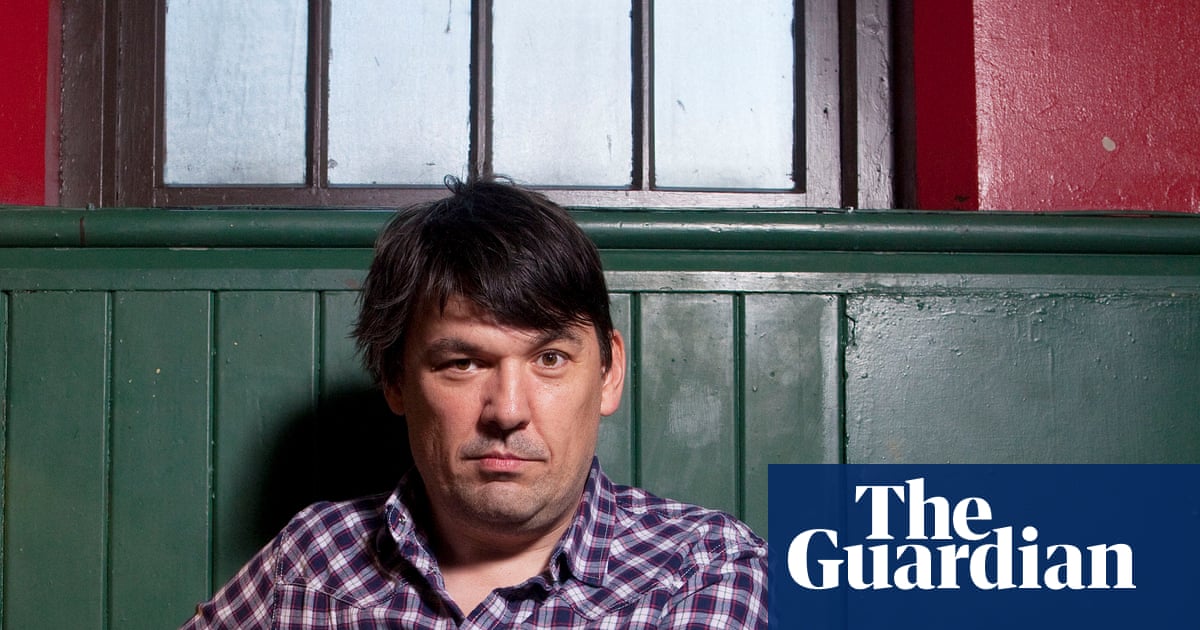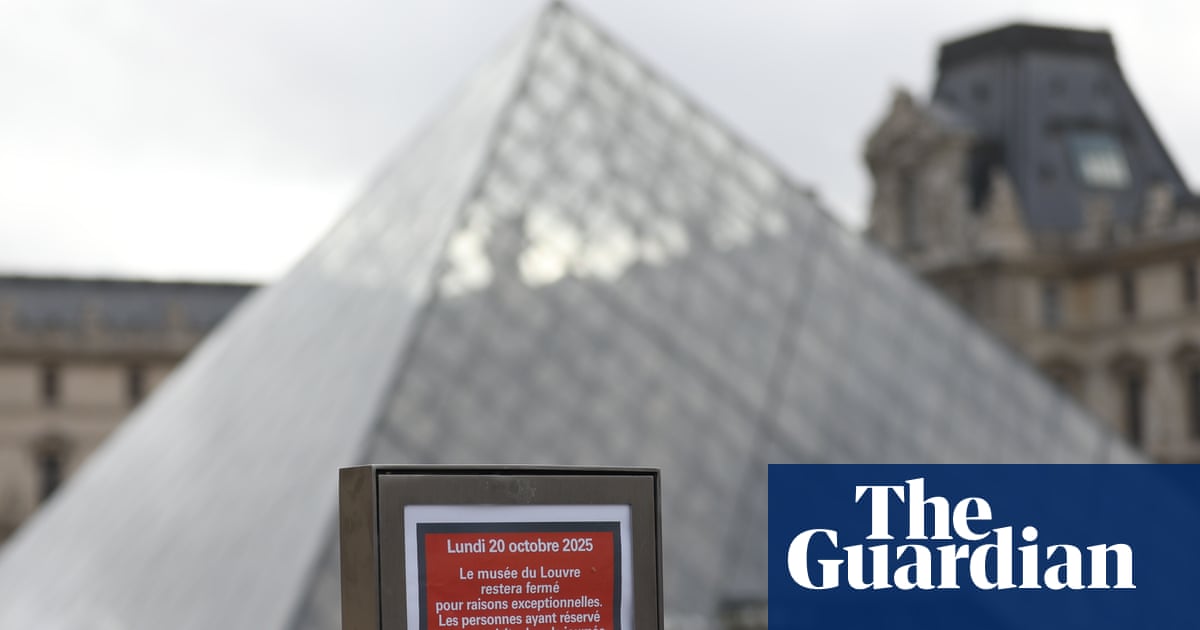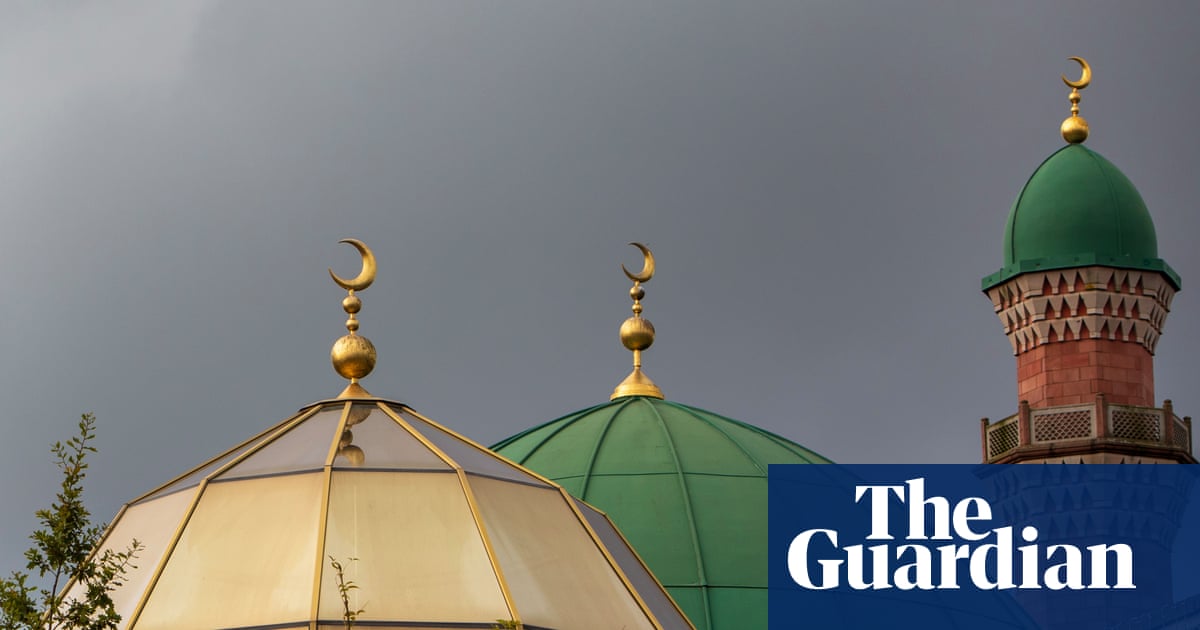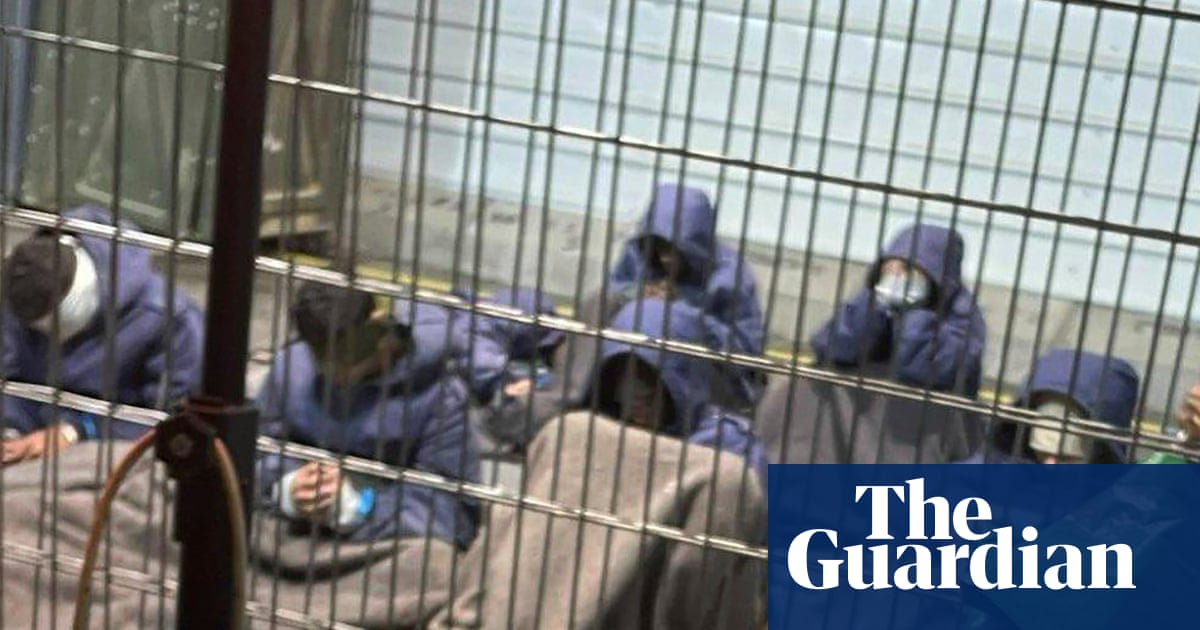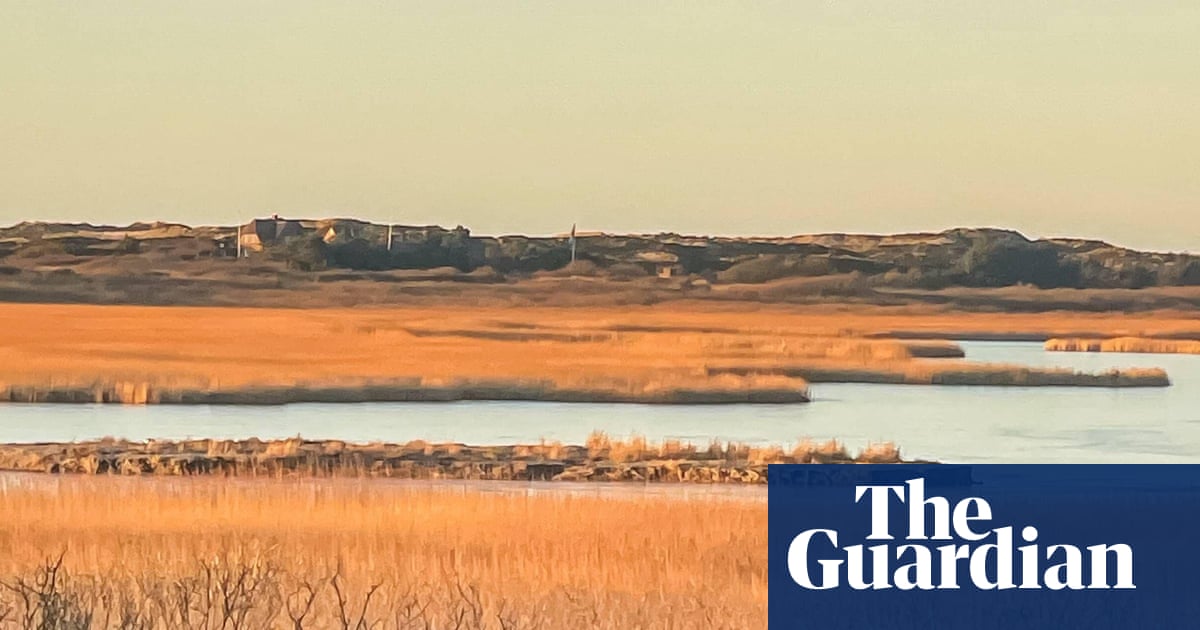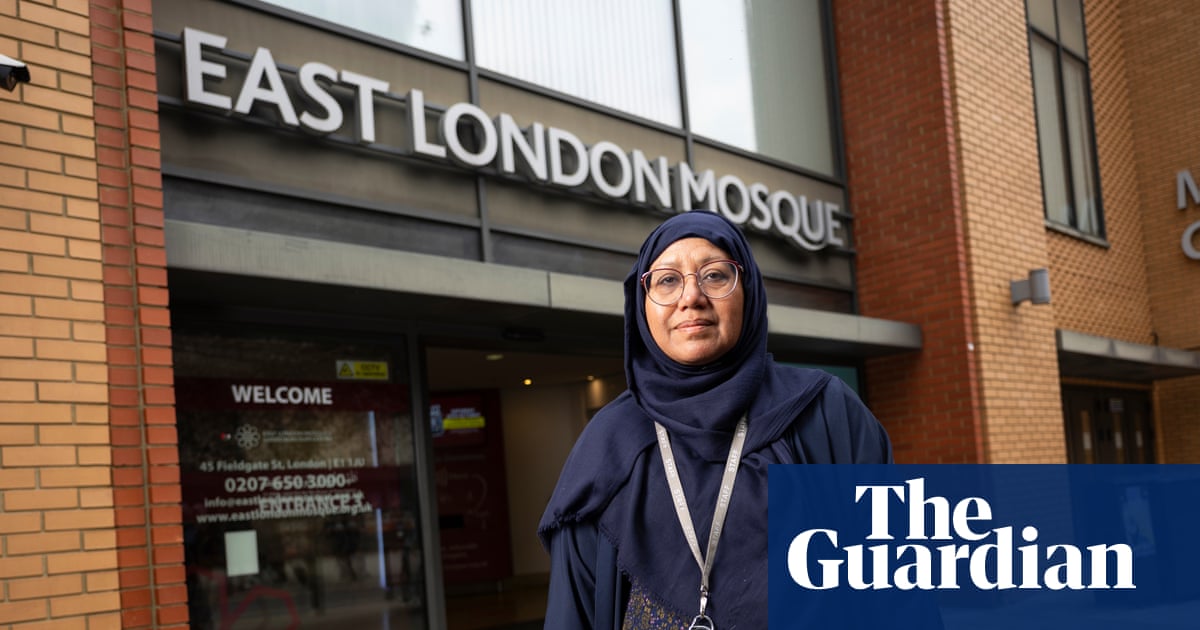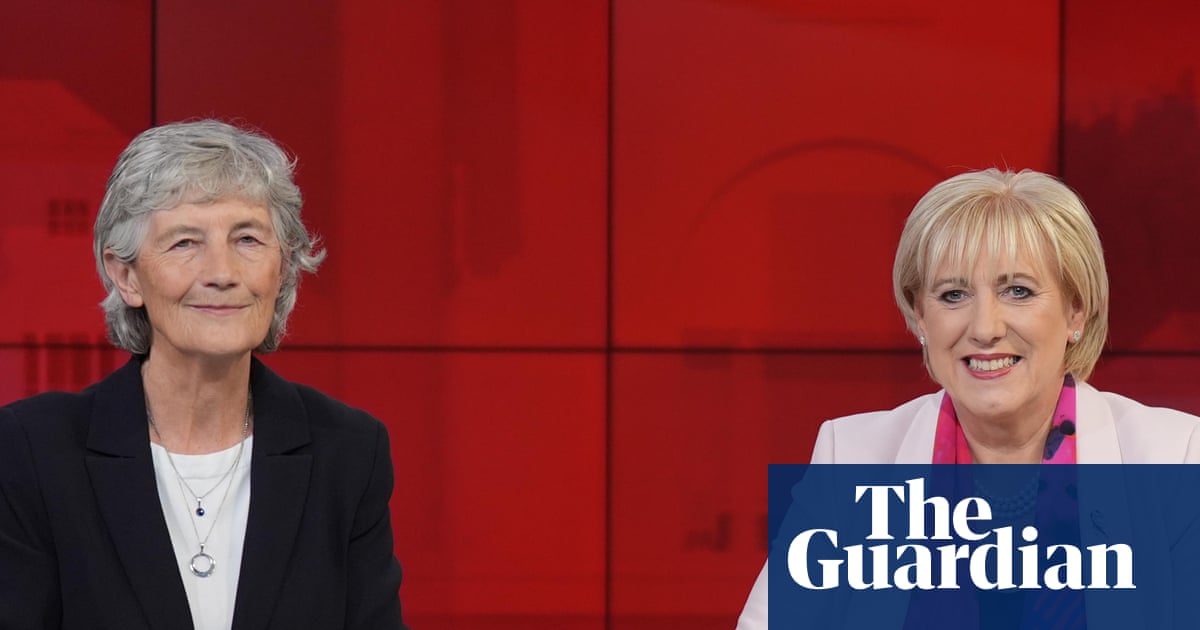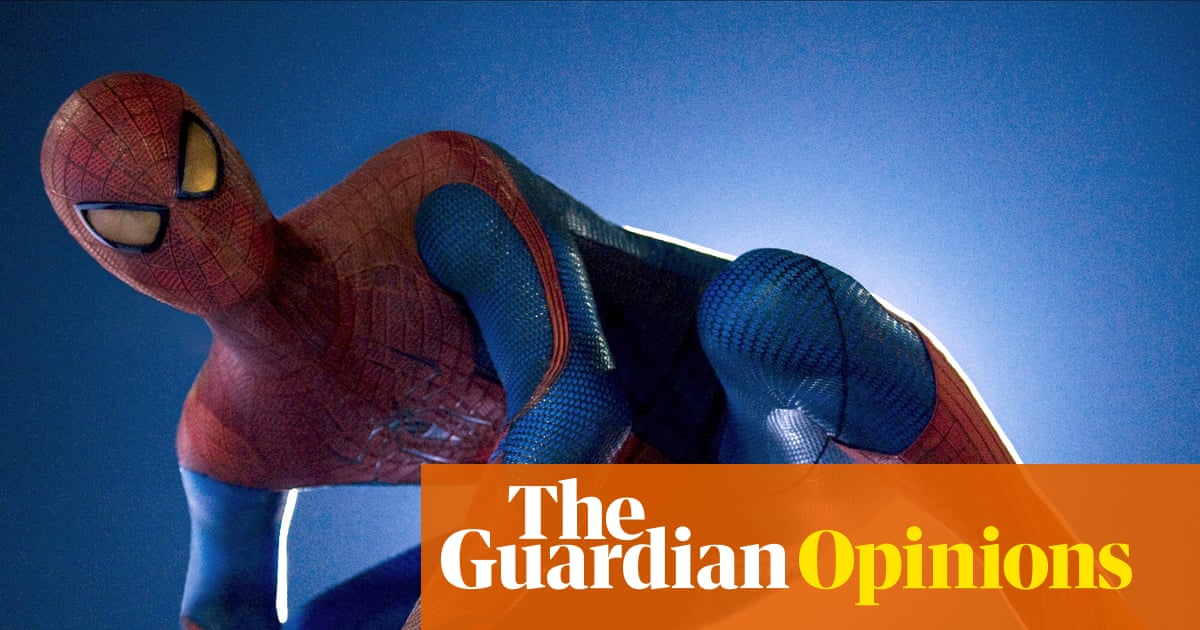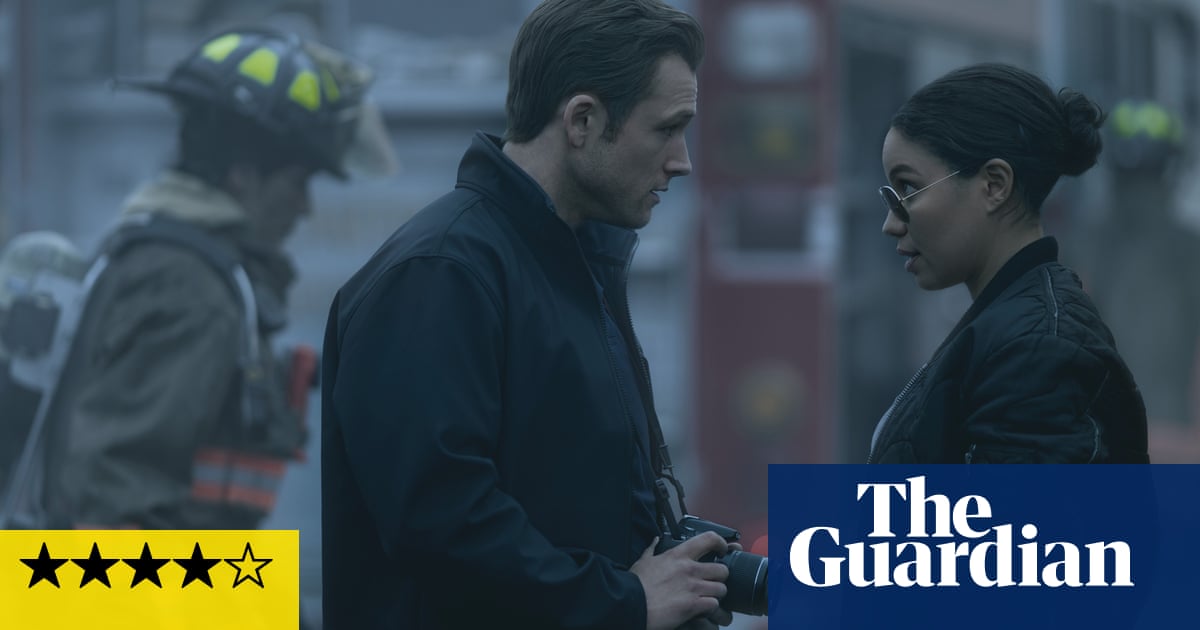Despite (or perhaps because of) its overwhelming awfulness, the climate crisis has been oddly underrepresented on stage and screen. Humanity’s greatest challenge has often been deemed too much of a downer, too complex or too dull a topic to spawn shows and movies.
A burst of recent climate-themed cultural output, however, suggests this may be changing. Weather Girl, a one-woman play about the unraveling of a TV meteorologist who can no longer bear to gloss over climate breakdown in California, has just closed in New York City to upbeat reviews.
Another production called Kyoto, an expectedly engaging romp through the saga of international climate talks, is set to open in New York after getting positive attention in the UK, while a musical, The Pelican, centered on a climate crisis-ravaged Florida, is in the works.
And while American TV news networks continue to ignore the climate crisis even while reporting on the devastating fires and floods it exacerbates, Netflix recently brought the issue to screens via the miniseries Families Like Ours, which depicts the evacuation of Denmark due to sea level rise. Weather Girl could soon be turned into a Netflix series, too.
Where climate-themed shows and movies once felt the need to be didactic and pious – a few years ago I saw an insipid ballet in San Francisco that involved a wobbly polar bear on a shrinking chunk of ice – or big budget and dumb, such as The Day After Tomorrow, these modern iterations convey their stories laden with humor, wit and finely painted characterization, as well as doom.
“This is a moment when something is happening and changing” in the telling of climate stories, according to Joe Robertson, who co-wrote Kyoto with Joe Murphy. Robertson said it is “completely understandable” to dwell upon apocalyptic themes when tackling the climate crisis but “for whatever reason, that storytelling process with that tone doesn’t seem to be landing with audiences”.
“We wanted something that would lean into the complications of the climate discussion, and hopefully in doing that, empower audiences to come up with their own point of view.”
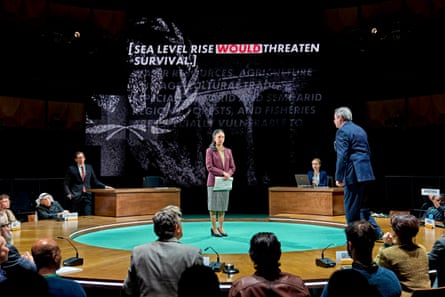
A stampede of disasters on an overheated planet can also make climate-related plays appear prescient. In Weather Girl, deadly wildfires roil a drought-stricken California as Stacey, the sole character in the show, defies her bosses to warn viewers that they are at risk – a scenario written not long before actual fires tore through Los Angeles earlier this year and then, separately, a TV meteorologist in Florida spoke out on air about impending climate disasters.
“It all felt much more real after those wildfires and, politically, your network boss telling you to say something that’s not true on air also feels more resonant now, unfortunately,” said Tyne Rafaeli, director of Weather Girl. “When that meteorologist spoke his truth on air in Florida that floored us; it was the play reflected in life in such a specific way. It really incentivized us to keep going.”
Kyoto, meanwhile, has a seemingly drier focal point: the negotiations that created the world’s first treaty to curb global heating in 1997. But the sublime villainy of its central character and narrator – the Republican climate skeptic Donald Pearlman, who spent years trying to derail the climate talks – and the verve of the play’s dialogue and staging make it compelling viewing.
The production captures delegates’ exhausting haggling over each word and comma in the treaty, as well as the brutal attempts by the fossil fuel industry and its allies to kill off the process. “It’s not a negotiation, it’s hand-to-hand combat,” as Pearlman puts it.
But ultimately Kyoto is a “celebration of consensus”, Robertson said, a window to a more hopeful time in the 1990s when the world seemed to be making progress in eliminating war, authoritarianism and climate breakdown (even if the US never did actually ratify the Kyoto deal).
This era seems like an abandoned relic now, replaced by anger, division and even, in the US, retreat on the climate crisis. Last year was the hottest ever documented, with yet another new record high in atmospheric carbon dioxide.
“We would be in a worse position without the Kyoto Protocol … You don’t want to feel green or naive in saying that,” said Robertson. “But it’s complex. Climate change is such a huge subject, a relatively new subject in social terms. How do you talk about something that large?
“We’ve spent decades really trying to figure out what the right way to that story. I think we are all getting a bit of confidence now and an understanding of the subject matter that allows us to admit to some of the complexities.”
The complexities, as well as the blunter realities, of the climate crisis are still relatively rare to find across the American entertainment and media landscape. The 2021 film Don’t Look Up, a climate allegory, showed two daytime TV presenters breezily dismissing the uncomfortable reality of looming planetary catastrophe, a theme echoed in Weather Girl as Stacey is forced to banter superficially with her co-hosts after reporting on scorching heatwaves and a wildfire that immolated a family.
For a while, Stacey can fight off this dissonance with the aid of furtive prosecco drinking, but when confronted by the onrushing wildfire, and the reappearance of her homeless mother, her role becomes starkly clear to her. “I’m not a weather reporter,” she says at one point. “I’m a fluffer selling a world we can’t have.”
“Stacey is expected to look pretty, slap some lipstick on, make people feel good and move on,” said Rafaeli. “There such tension between what these meteorologists know and what they can present. It’s becoming more imperative for us to tell these stories. I think there’s been a shift towards that. It’s imperative that we can find a way for audiences to emotionally connect to something that can seem so abstract.
“You can do that with a smile, do it in a way that’s not preachy. Weather Girl is extremely funny and self-effacing. It’s really a larger conversation about how we wreck the places we love, about the collective narcissism that could lead to the destruction of our species.”
When Weather Girl had its initial run at the Edinburgh fringe festival last year, Rafaeli said that she, playwright Brian Watkins and Julia McDermott, who plays Stacey, were “kind of terrified” that the audience wouldn’t go along with the conceit of the show.
“But in our first preview in Edinburgh we got a huge laugh straight away and by the end there were five girls from California at the back of the house in floods of tears,” Rafaeli said. “That’s when we knew what we had tried had resonated. We were speaking to people in a way they could hear us.”
Kyoto opens at the Lincoln Center in New York City on 3 November.
Weather Girl has just finished its run at St Anne’s warehouse in New York City.

 5 hours ago
7
5 hours ago
7




